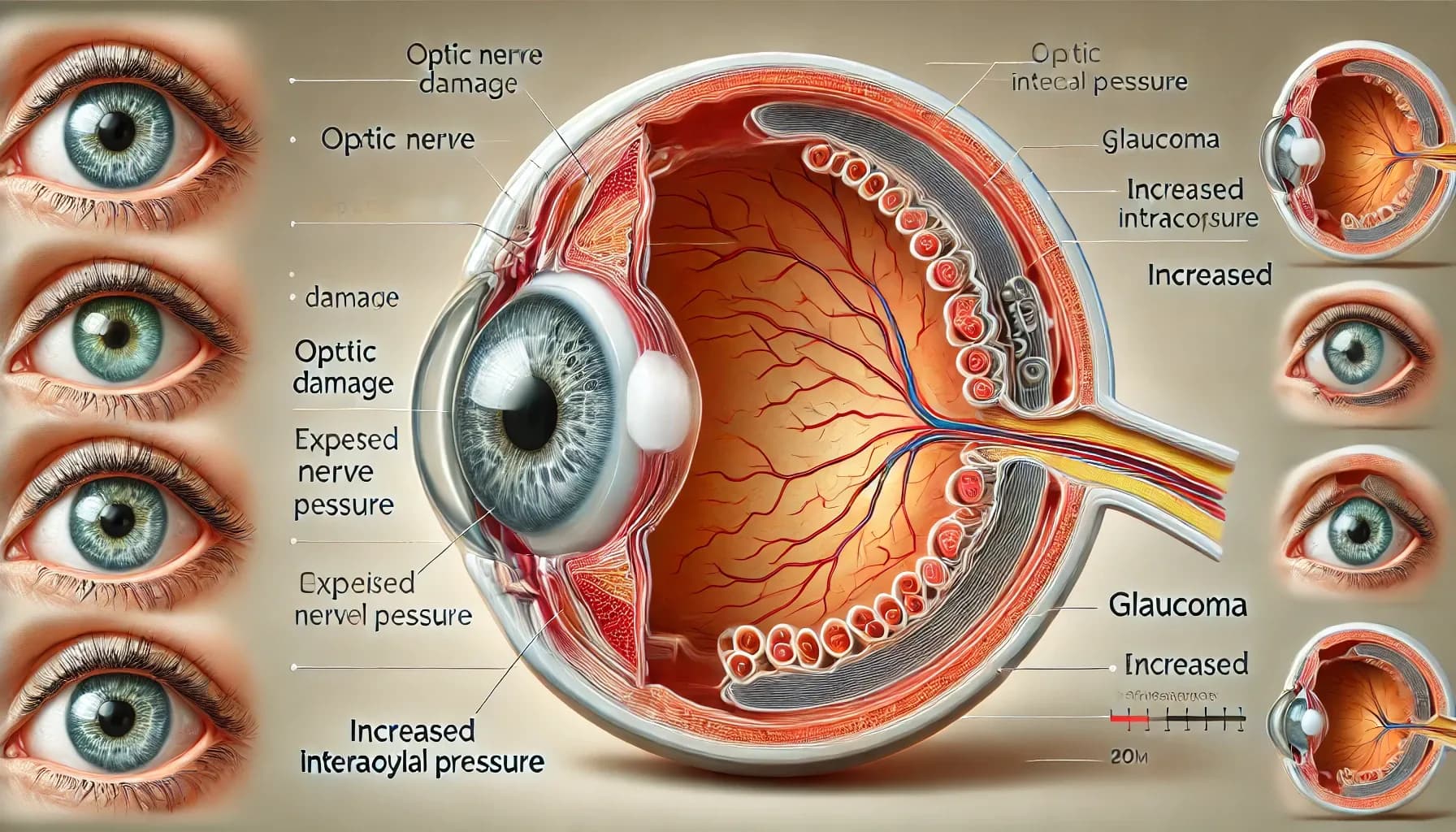Early Signs of Glaucoma - Symptoms To Recognize and How To Prevent It!
Glaucoma is a serious eye condition that can lead to irreversible vision loss if left untreated. Recognizing the early signs, understanding how to prevent its onset, and learning about available treatment options are essential for maintaining healthy vision. This comprehensive guide will help you identify what an eye with glaucoma looks like, adopt preventive measures, and explore effective treatments to manage this condition.

What is Glaucoma?
Glaucoma is a group of eye conditions that damage the optic nerve, often caused by increased pressure in the eye (intraocular pressure). It can develop gradually, making early detection crucial for preventing irreversible vision loss. Without proper treatment, glaucoma can lead to blindness, making it one of the leading causes of vision impairment worldwide.
Recognizing the Early Signs and Symptoms of Glaucoma
Identifying the early signs of glaucoma is vital to preserving vision and preventing irreversible damage. Glaucoma often progresses without noticeable symptoms, but certain warning signs can help prompt early diagnosis. Here are the key symptoms to watch for:
Blurred Vision: Difficulty focusing or experiencing subtle distortions in your vision, particularly in low light.
Patchy Blind Spots: Small areas of vision loss, especially in peripheral vision, that may go unnoticed without testing.
Halos Around Lights: Seeing glowing rings or halos around bright lights, especially at night, can signal increased eye pressure.
Eye Pain or Pressure: A persistent sensation of discomfort, heaviness, or pressure in one or both eyes.
Redness in the Eye: Unexplained redness that may indicate increased intraocular pressure or other underlying issues.
Tunnel Vision: In advanced stages, vision may narrow, making peripheral vision increasingly limited.
Frequent Headaches: Recurring headaches, especially those accompanied by eye discomfort, could be a sign of increased eye pressure.
Difficulty Adjusting to Darkness: Struggling to see in dimly lit environments or taking longer to adjust from bright to dark settings.
These symptoms often develop gradually, making them easy to overlook. Regular eye exams are crucial, as they can detect changes in eye pressure or optic nerve health before symptoms become severe.
Why Early Detection is Critical
Glaucoma is known as the "silent thief of sight" because symptoms often appear only after significant damage has occurred. Early detection through routine eye exams can help identify glaucoma in its early stages, when treatments are most effective in slowing its progression. Recognizing subtle signs like halos, blurry vision, or frequent headaches can lead to timely intervention and prevent long-term vision loss.


